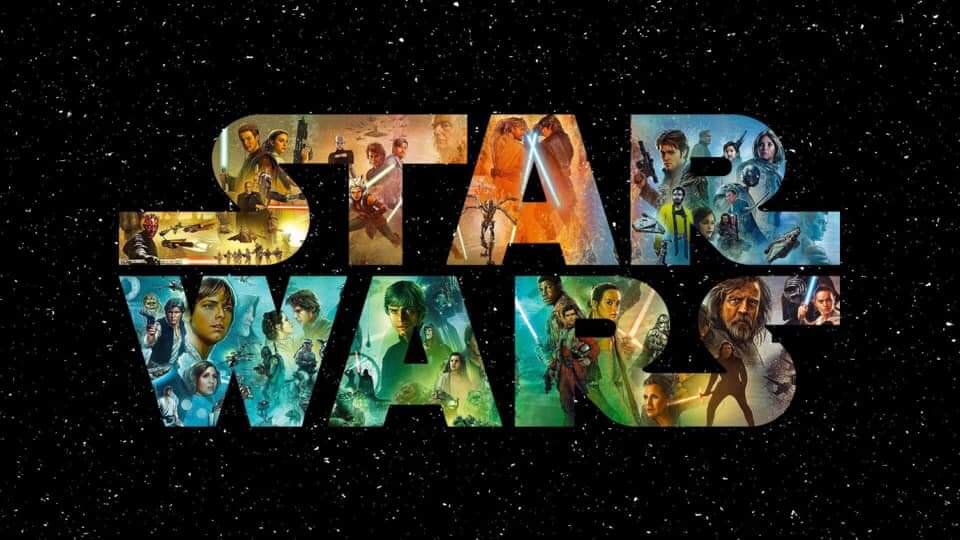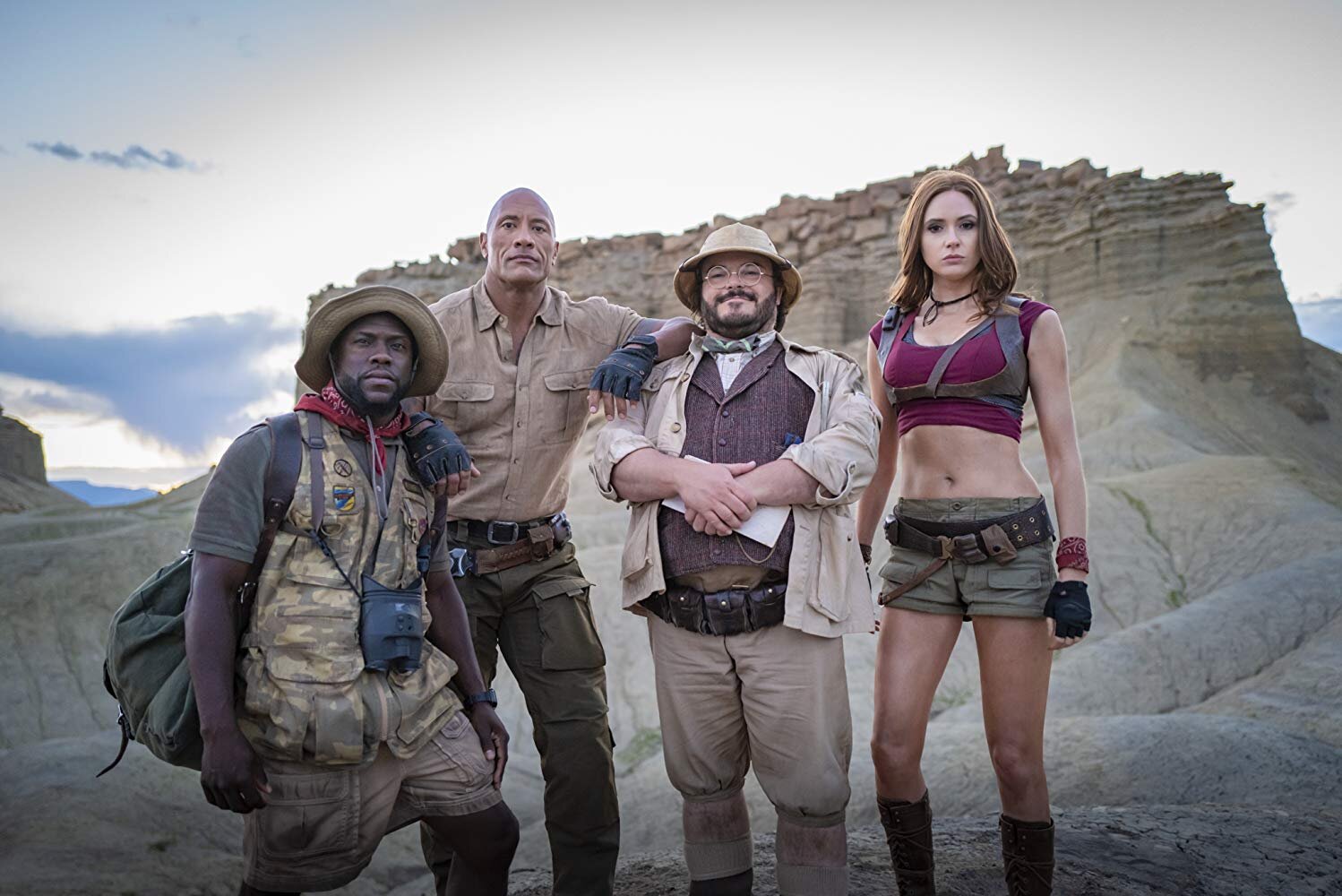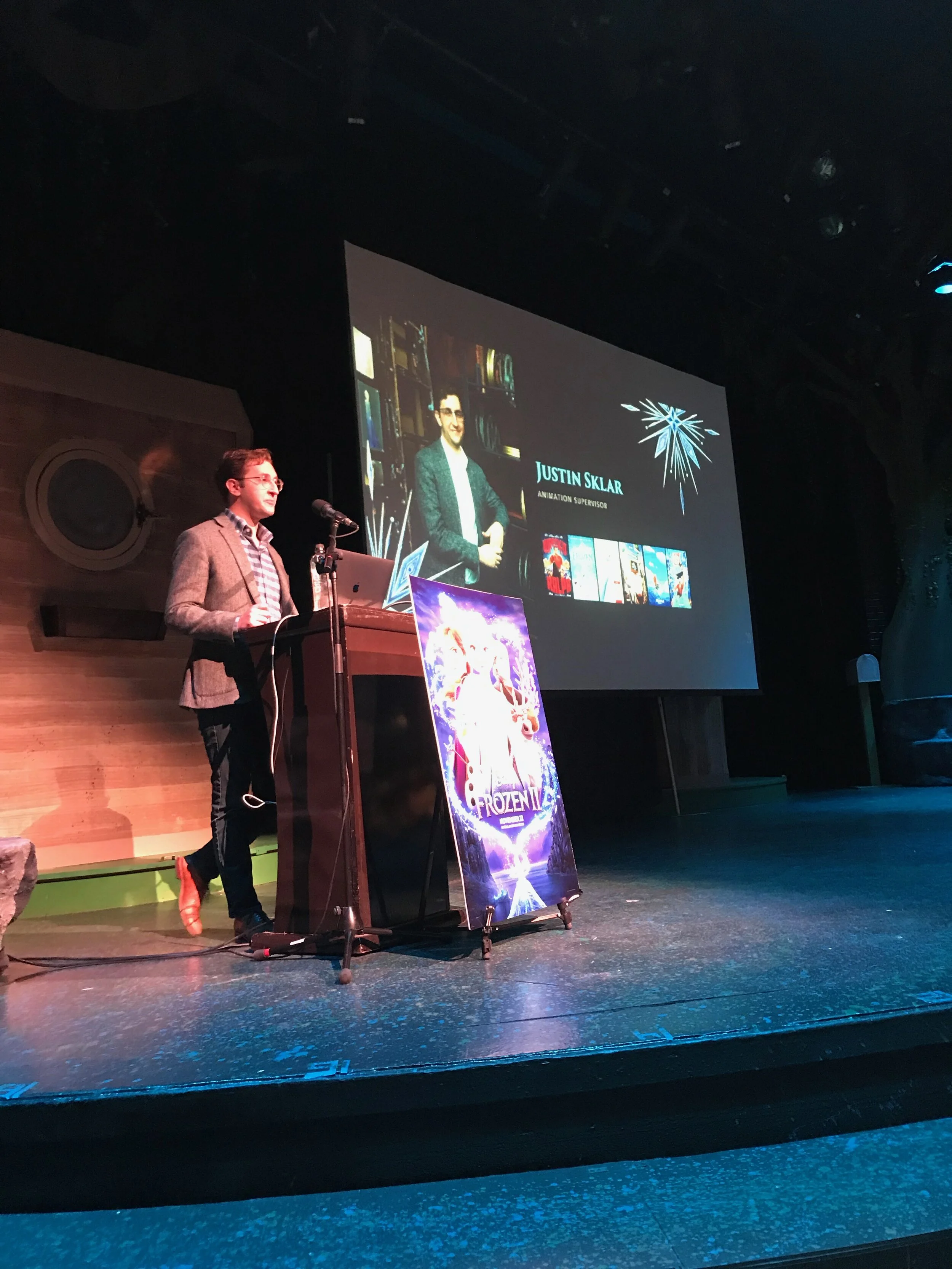To my childhood, “Star Wars” was the expression of imagination. Admittedly, I was 1 when George Lucas’s space epic hit cinemas in May, 1977. As I grew up, it didn’t take me long to latch on to his world for my imagination to take over (partially fueled by Gene Roddenberry’s “Star Trek;” yes, I’m one of THOSE fans.)
Lucas’s film changed the box office, taking it by storm. His film also changed film merchandising as well, a lesson that Twentieth-Century Fox did not immediately recognize, thinking the filmwasn’t going to do very well.
Ever the entrepreneur, Lucas used every dime he had and then some to develop a film, based in part on Akira Kurosawa’s “The Hidden Fortress,” and finally had to turn to Fox to complete the film in exchange for the rights to that first film, in perpetuity.
That first film was a success and spawned three more films each of which were bigger successes. Those two films allowed him to be an independent filmmaker, retaining rights and control to the two sequels, “The Empire Strikes Back” and “Return of the Jedi” as well as future entries.
This trio of films followed a lone farm boy, Luke Skywalker (Mark Hamill), Princess Leia Organa (Carrie Fisher(, Han Solo (Harrison Ford), Chewbacca (Peter Mayhew), the androids C-3P0 (voiced by Anthony Daniels) and R2-D2 (Kenney Baker) and the villainous Darth Vader (voiced by James Earl Jones; performed by David Prowse)
Following an extended hiatus, Lucas returned to the world that had made him a modern household name. (“THX-1138” and “American Graffiti” brought him to the minds of general moviegoers.) This new trilogy focuses on . . . *SPOILER ALERT* Luke Skywalker’s father, Anakin Skywalker (Jake Lloyd in “Episode I” and Hayden Christensen in “Episode II” and “Episode III”).
Lucas would wow audiences with amazing computer generated images/effects and amaze us with a rather complex story involving economics and governance, amidst a trio of films in which we see young Anakin growing to the powerful, villainous figurehead he would become . . . . *SPOILER ALERT*, Darth Vader. This prequel trilogy began in 1999 with “Star Wars – Episode I: The Phantom Menace” continuing with 2002’s “Star Wars – Episode II: Attack of the Clones” and finally, 2005’s “Star Wars – Episode III: Revenge of the Sith.”
Lucasfilm, the company that George Lucas started to own the copyrights, fostered an open environment in which fans could “play with the characters” in the environment that “Star Wars” was set in. It allowed, in a way, fans to take control of the future of “Star Wars.”
Mind you, this way of thinking doesn’t make the company money and Lucas, feeling pressured by the fans, decided to sell the company to Walt Disney in 2012.
Disney immediately ramped up with Kathleen Kennedy, a stalwart producer in her own right at the head of the Lucasfilm division of Walt Disney. 2015 saw the release of the first Disney “Star Wars” film, “Episode VII: The Force Awakens” from J.J. Abrams and in 2017, Rian Johnson directed “Episode VIII: The Last Jedi.”
These two episodes featured our returning heroes, Leia, Han, Chewbacca, R2, 3P0 and introduced a new series of characters including Poe Dameron (Oscar Isaac), Rey (Daisy Ridley), Finn (John Boyega) and Kylo Ren (Adam Driver) among other characters . . . .
Characters. That’s become one of my favorite subjects when discussing films recently. Characters can be animate and inanimate. They can make us laugh; they can make us cry.
In the case of Rambo, they can probably make us bleed, if not end up with a profuse headache by the end . . . .
I digress. The characters that populate the “Skywalker Saga” as it is now being referred to are as complex as we want them to be, or, as simple as they appear on the screen. Of course, the characters influence the path a story takes, but no one destiny is held for our characters.
Except for when it comes to an all-powerful, all-knowing Force. As Obi-Wan Kenobi defined 42 years ago, “the force is what gives the Jedi his power. It’s an energy file created by all living things. It surrounds us. It penetrates us.”
The Force is a parallel for believing in one’s own abilities, having faith that, when we set our minds to something and focus on it, we can accomplish anything.
So why then is Anakin Skywalker an exception to this rule?
As we discovered in “The Phantom Menace,” Anakin was created out of midi-chlorians. Qui-Gon Jinn (Liam Neeson) explains to the young Anakin, “Midi-chlorians are a microscopic lifeform that reside within all living cells and communicates with the Force.” Qui-Gon goes on to say that midi-chlorians continually speak to us telling us about the Force.
Notice here how the perspective of the Force changed between “Star Wars” in 1977 and “The Phantom Menace” in 1999 – perspective shapes our view of the world, or in this case, the universe.
More importantly, and I feel the key to understanding “Star Wars” is the vantage point from which each of the two trilogies is told. Obi-Wan would tell Luke that he was “going to find that many of the truths we cling to depend on our own point of view.”
Experience shapes our worldview. Yet, experience isn’t everything. It takes knowledge too, making “Star Wars” one of the most unique sets of trilogies of films out there to be told, or rather framed, from a certain point of view.
“Your destiny lies along a different path from mine.”
In the original trilogy, the three stories are about a young, impetuous boy, Luke Skywalker (Hamill), not the central character telling his own journey to become the greatest Jedi in the [future] history of the universe. Luke is nothing without Obi-Wan Kenobi (Sir Alec Guinness), who in the first film tells young Luke of his father, Anakin Skywalker.
As I mentioned, Luke isn’t telling his own story. It is about Luke. We discover, almost immediately, that R2-D2 is actually conveying this first story along with C-3P0.
“But, BEN! R2 just beeps!”
Well, R2 does beep, but each beep has a different tone conveying emotion. C-3P0 is a universal translator and in this first movie, 3P0 is there to translate R2’s needs.
R2 eventually leads Luke to Obi-Wan, who has the knowledge and the experience, plus the wisdom to tell Luke of his father and what became of him, the treacherous Darth Vader. In this R2 develops enough of a bond with Luke that the droid becomes synonymous with him throughout “The Empire Strikes Back” and “Return of the Jedi.” By the point at which Obi-wan tells Luke of Darth Vader, we’ve already seen what a menacing figure he is; Lucas established there’s a direct correlation between R2 and Darth Vader with Leia in between.
The scene where the Master Jedi and the young wayward boy both with a troubled past and a cloudy future, who also happens to be an amalgam for George Lucas, slowly begins a transition of the Force between Obi-Wan and Luke. This is repeated in a final confrontation with Darth Vader and Obi-Wan:
“I’ve been waiting for your, Obi-Wan. We meet again, at last. The circle is now complete. When I met you, I was but the learner. Now I am the master.” Obi-Wan quickly responds, “Only a master of evil, Darth” marking the ascension of Luke’s journey.
Obi-Wan continues to be a presence in Luke’s training as a Force Ghost in “The Empire Strikes Back,” and of course, in “Return of the Jedi.” Yoda (Frank Oz) would be a physical manifestation of the Force while remaining a peripheral character. But there is no more potent moment in Sci-fi cinema history than when Obi-Wan and Luke first meet, as told by R2-D2. This is Lucas’s masterstroke.
We still haven’t dealt with Anakin, but he is as divergent a character as any one.
“You were the Chosen One!”
If you’ve watched “The Phantom Menace,” you notice a similar trend in Lucas’s use of characters. He realized that as he was writing this new, prequel trilogy, that it still needed to be about Anakin, but finding the right vessel to tell the story where he can frame Anakin’s journey was actually in the hands of that pivotal moment where Luke meets Obi-Wan in “Star Wars”.
Lucas used the prequel trilogy to back fill the myth of the Force, the Jedi, the Sith, the light and the dark (we have cookies.) That is for every positive, there is a negative.
Obi-Wan becomes the prequel trilogy’s torchbearer if you will, his presence at the very beginning of the movie as he describes his feeling of something “elusive” to Qui-Gon, who tells his padawan apprentice to be mindful of the moment, “to concentrate your feelings on the present.”
A similar transition in the Force happens between Qui-Gon and Obi-Wan in “The Phantom Menace” as it does in “Star Wars.” Qui-Gon who actually discovers Anakin, leading to the wholly cheesy midi-chlorian explanation as Qui-Gon explains Anakin’s reason for existence and yet, it works. We’re convinced that this young boy will eventually “bring balance to the Force.”
And just like R2 becomes attached to Luke in the later episodes of the original trilogy, Obi-Wan becomes attached to Anakin in the prequel trilogy, even as Padme Amadala (Natalie Portman) and Anakin form a relationship in secret, something that goes against the Jedi code.
This, of course leads to a confrontation toward the end of “Revenge of the Sith” that forces Obi-Wan to kill Anakin and in a way, he succeeds; Anakin left to die in the fiery hell that is Mustafar. Obi-Wan is not happy to have to kill his padawan learner, but when he learns that Anakin has a new master, he must do so to protect the future of the Jedi Order. It’s a lesson in failure, supported by hope for a better future.
In that moment, Anakin becomes Darth Vader connecting that prequel trilogy to the original trilogy.
Lucas had in fact always planned to do a nonet of films to tell the Skywalker saga. The fans seem to have gotten in the way of his ability to tell his own story, which is what prompted him to sell to Disney. A story that seems to be affecting the perspective of this new series of films.
In the current trilogy, JJ Abrams uses the same approach only this time, the small droid BB-8 frames the Resistance efforts to stop the First Order. BB-8 is loyal to Poe Dameron (Oscar Isaac), but finds Rey (Daisy Ridley), which leads them to Han and then to Leia and ultimately to Luke and Kylo Ren (Driver), so Abrams and then Rian Johnson have laid the seeds with respect to telling a similar trio of films.
What will happen next? I’ll see you at the theater on December 20, 2019. For now, May the Force Be With You. Always.


































